Measurement - 1 Class 1 Worksheet Maths Chapter 7
Q1: Cross (✔) the shortest object.
(a) 
(b) 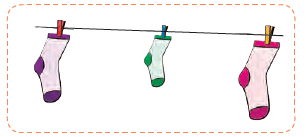
(c) 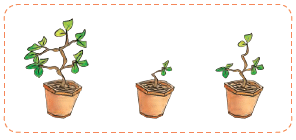
Q2: Tick (X) the longer or taller one.
(a) 
(b) 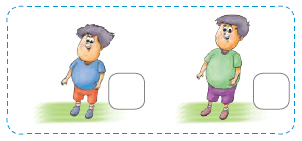
(c) 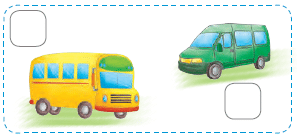
Q3: How long are these objects?
(a) 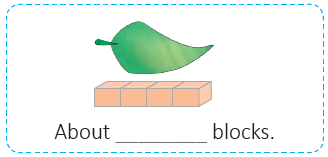
(b) 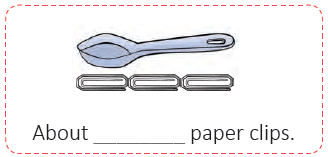
(c) 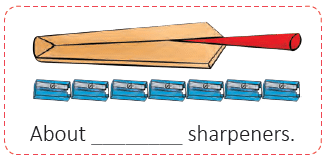
Q4: Measure using body parts and fill in the blanks.
(a) My bed is __________ cubits long.
(b) My study desk is __________ handspans long.
(c) My pencil is __________ finger tips long.
(d) My classroom is __________ paces long.
Q5: Ring the one that weighs the most.
(a) 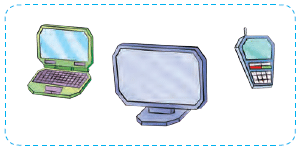
(b) 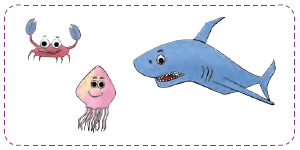
(c) 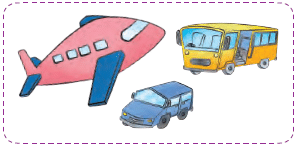
Q6: Ring the one that weighs more.
(a) 
(b) 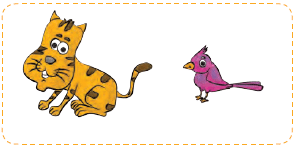
(c) 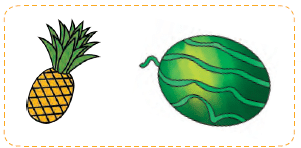
Q7: Look at the three objects in each of the following. Order them 1, 2 and 3 for showing them from the lightest to the heaviest.
(a) 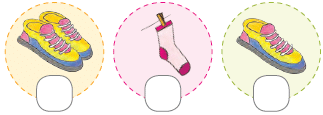
(b) 
Q8: How many blocks is the mass of each toy?
(a) 
(b) 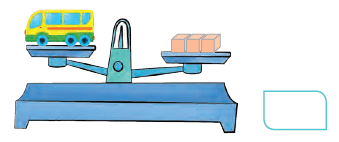
Q9: A clay pot holds 2 jugs of water. Write how many jugfuls is the capacity of the 2 clay pots.

Q10: True & False
(a) Bharat is lifting the packet of protein cereals to become aware of its mass.
(b) A draper is measuring cloth to check how heavy it is.
(c) Raghu is pouring rice from one container to another to check how long the containers are.
You can access the solutions to this worksheet here.
|
16 videos|135 docs|23 tests
|
FAQs on Measurement - 1 Class 1 Worksheet Maths Chapter 7
| 1. What is measurement and why is it important? |  |
| 2. How do we measure length accurately? |  |
| 3. What are the different units of measurement for weight? |  |
| 4. How can we measure temperature? |  |
| 5. What is the importance of measurement in scientific experiments? |  |





















